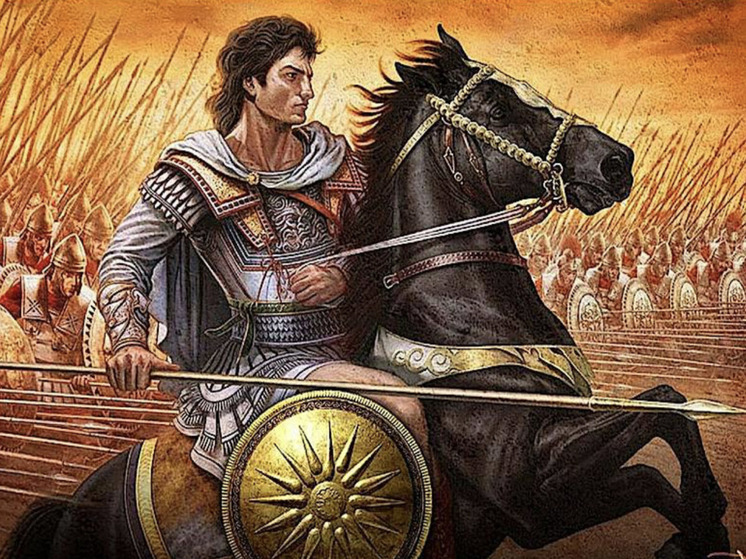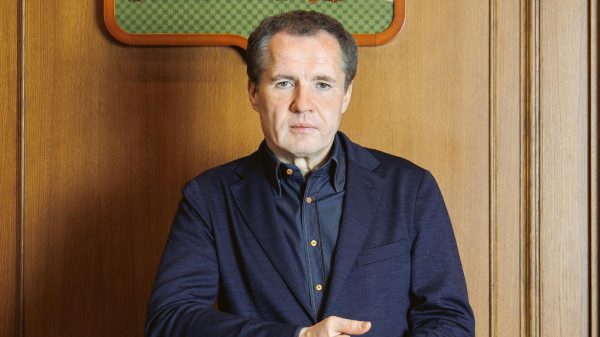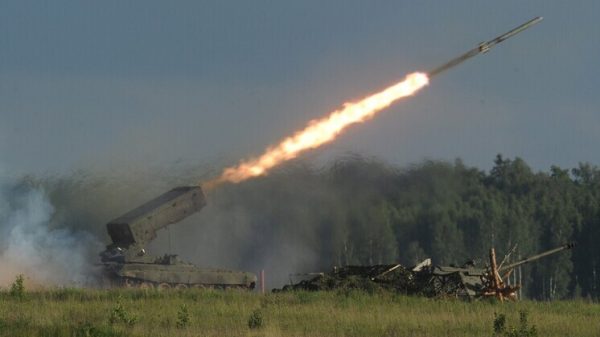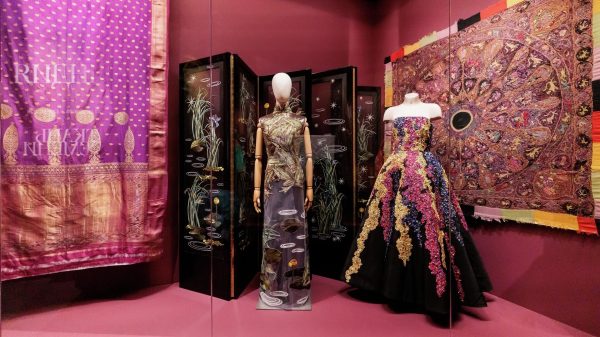But the resting place of the ancient conquering king remains a mystery
Scientists have found the father of Alexander the Great: it is confirmed that the ancient Greek tomb discovered in 1977 contains the remains of King Philip II. Scientists in Greece believe there have been cases of mistaken identity for decades. However, the resting place of Alexander the Great himself still remains a mystery

Almost 50 years ago, archaeologists made a stunning discovery while excavating the ancient city of Vergina in northern Greece. According to the Daily Mail, they discovered three royal tombs containing the remains of members of the family of Alexander the Great, dating back to the 4th century BC. At that time, they were considered father, son and older half-brother of the great warrior.
But scientists say the father and half-brother were involved in a case of mistaken identity that has continued ever since. In a new study, experts now «conclusively» show that a skeleton long identified as belonging to a half-brother is in fact the father, and vice versa.
Unfortunately, the resting place of Alexander the Great himself remains a mystery, notes Daily Mail.
The new study was led by Antonios Bartziokas, professor of anthropology at the Democritus University of Thrace in Greece.
“The skeletons studied are among the most historically important in Europe,” say Professor Barciokas and his colleagues. “We have focused our discussion on the scientific facts and historical evidence that influence the acceptance or rejection of the whereabouts of King Philip II of Macedonia.”
< p>Alexander III, commonly known as Alexander the Great, was the king of Macedonia, a state in the north of ancient Greece, between 336 and 323 BC, and today is considered one of the most successful military leaders in history.
His father, Philip II of Macedon, ruled the ancient kingdom before him, from 359 BC until his assassination in 336 BC.
Although the resting place of Alexander the Great is unknown, in 1977 researchers discovered it in Vergina three tombs called Tombs I, II and III.
At the time, archaeologists believed they contained the remains of Alexander the Great's father (Philip II), his son (Alexander IV) and his half-brother (Philip III Macedonian).
But according to the study, there was a «lengthy debate» over which tomb each person was in.
Most scholars agree that Tomb III belongs to Alexander IV, the teenage son of Alexander the Great, but «intense debate» over the other two tombs «rages on.»
To resolve dispute, the researchers examined X-rays of the skeletons and cited ancient writings about each figure, including their anatomical characteristics and any physical problems.
They have finally determined that Tomb I contains the father of Alexander the Great, and Tomb II contains the father of Philip III of Macedon, and not vice versa, as previously thought.
Tomb I contains the remains of a woman and a baby, which, according to researchers, , are the young wife of Philip II Cleopatra and their newborn child.
«Scientists have suggested that the woman was Eurydice [the wife of Philip III], but they have not offered any explanation for the newborn,» Professor Bartsiokas told MailOnline. «It is a well-known fact in ancient sources that Cleopatra was killed along with her newborn child.»
It is important to note that documents indicate that Philip II of Macedon suffered a severe injury to his left knee, which is confirmed by skeletal evidence.
«The male skeleton from Tomb I was found to have a knee fusion, consistent with historical evidence of the lameness of King Philip II,» the new study notes. «These findings challenge the traditional assumption that Tomb II belongs to Philip II.»
< p>Meanwhile, no evidence of a knee injury was found in the male skeleton from Tomb II.
Moreover, it was known that Philip II had an eye injury that blinded him, but on the remains in Tomb II there was no sign of this.
Unfortunately, no signs of a damaged eye were found in Tomb I either, since this part of the skull was not preserved.
But Professor Barciokas and his colleagues believe that the available evidence is clear — and that Alexander the Great's father is in Tomb I.
«We have provided compelling evidence from multiple sources that convincingly shows that Philip II was buried in Tomb I,» they say. — Our hypothesis of Philip II in Tomb I remains undisputed in the peer-reviewed literature, and we believe that the available evidence is compelling.»
The study was published in the Journal of Archaeological Science: Reports.

























































Свежие комментарии